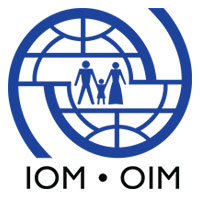About the Global Internal Displacement Database (GIDD)
In an effort to make our data and analysis on internal displacement more user-friendly and transparent, we have developed this interactive platform designed for policy makers, NGOs, researchers, journalists and the general public. The GIDD enables you to explore, filter and sort our data to produce your own graphs and tables which you can export in several different formats. You can also access and export the data used to generate these visualisations.
The GIDD has two main tools for exploring, analysing and viewing displacement data:
- The Displacement Data tab is a portal through which you can view the published figures from our annual flagship reports. These are the figures that have been able to validate through internal quality assurance and external peer review.
What to look for in the future
We have already begun working on new features for the next version of the GIDD, which initially updated in 2018 and are developing further with a new release planned for the end of 2020 or early 2021. In addition to providing updated figures and including more and different types of data, we also plan to feature additional functionality. Because we created this platform with you in mind, please let us know if there are any specific features you’d like to see by contacting us at info@idmc.ch
Geographical and temporal scope of the database
The database aims to provide comprehensive information on internal displacement worldwide. It covers all countries and territories for which IDMC has obtained data on situations of internal displacement, and provides data on situations of:
- Internal displacement associated with conflict and generalized violence (2009-2020);
- Displacement associated with sudden-onset natural hazard-related disasters (2008-2020); and
- Modelled disaster-related displacement risk metrics for more than 200 countries and territories.
Partners
IDMC could not produce its data and evidence without the support of our data providers and other partners. These include:












